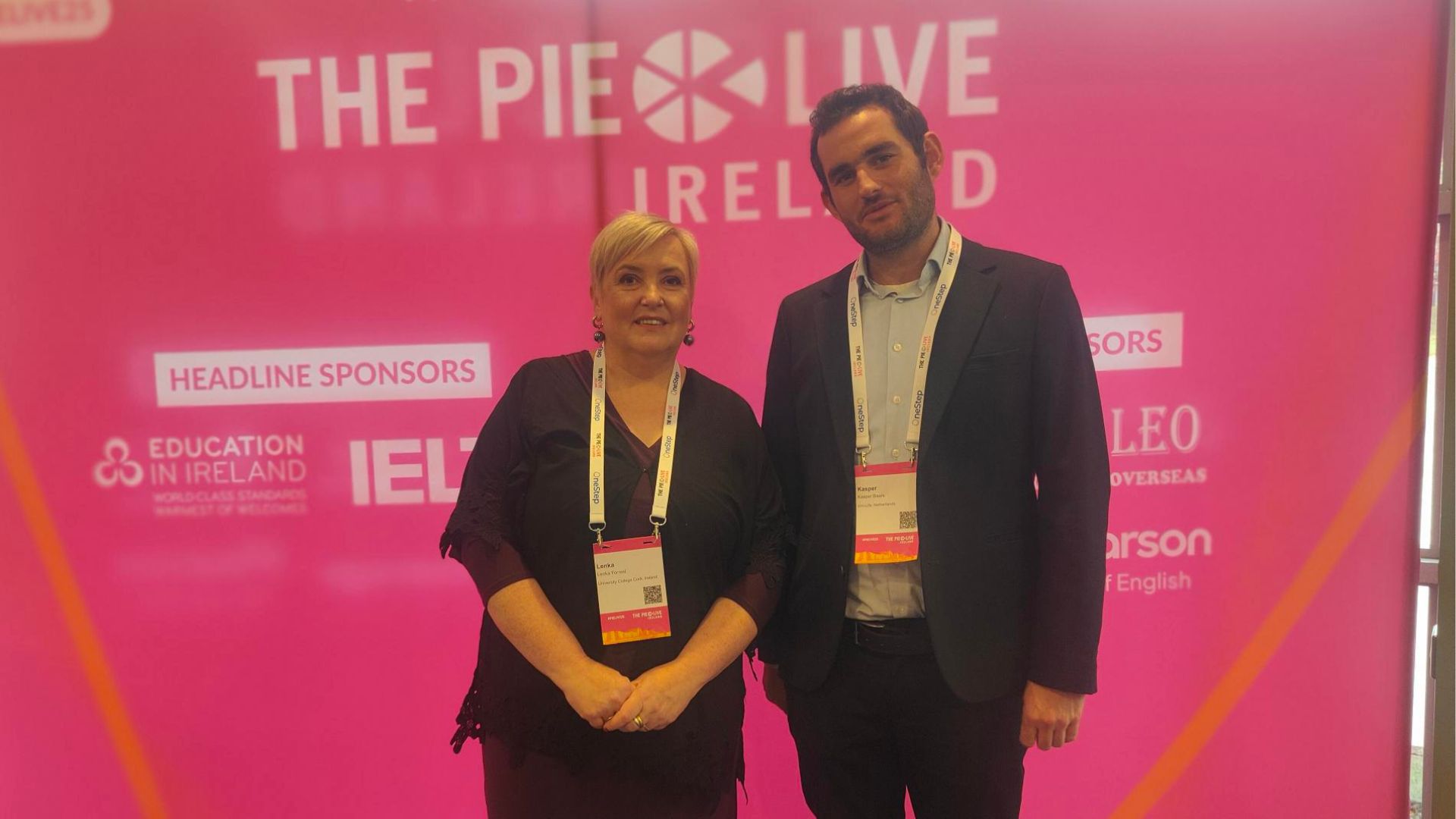
Introduction
The journey to choosing a university begins long before a student submits an application. This blog is the first step in The Student Recruitment Funnel, a four-part series that explores how student decision-making evolves over time. In this first stage, we focus on Explorers - students who are in the early research phase, actively weighing their options but not yet engaging directly with universities. Understanding how these students think and what influences their decisions can help you connect with them early and make a lasting impression.
Who Are the Explorers?
Explorers are at the very start of their university search, gathering as much information as possible before narrowing down their options. At this stage, their decision-making tends to be mostly based on tangible long-term benefits like subject interests, career prospects, tuition costs, and potentially global rankings. Students conduct their own research but are also influenced by parents, school counselors, and peers. While they may have a few preferences in mind, they typically won’t actively reach out to universities just yet. Instead, they are forming first impressions based on what they find online and through word of mouth.
How Explorers Gather Information
Most Explorers begin their search online, visiting education choice platforms and university websites to compare tuition fees, program details, and visa requirements.Rankings may also play an important role for some students, with many relying on sources like QS World University Rankings to assess program reputation. Social proof is another key factor. According to ICEF, testimonials from current students, YouTube influencers, and alumni success stories help shape perceptions. Parents, school counselors, and study agents also provide guidance, especially for international students who may be unfamiliar with application processes and visa policies, according to Studyportals.
What Matters Most to Explorers?
At this stage, students compare study destinations based on factors such as visa policies, living costs, and career opportunities. According to Financial Express, Finland has emerged as an attractive destination for international students, offering a flexible two-year post-study work visa that allows graduates to seek employment or start a business within the country. Program reputation is also a top priority, with students looking at faculty quality, graduate employment rates, and global rankings to determine where they will receive the best education. Financial planning is another major concern. Research from Studyportals shows that 65% of international students explore funding options, including tuition costs, scholarships, and part-time work opportunities, before submitting an application.
How Universities Can Engage Explorers
With all this in mind, here are 3 ways universities can attract the attention of prospective students from the beginning of their journey.
1. Meet Students Where They Are with Strong Presence and the Right Content
At the Explorer stage, students are not yet engaging with universities directly, so it's essential for universities to be visible where students are actively searching. Build a strong online presence with SEO-optimized content that includes program details, rankings, and tuition information. Explainer videos and interactive tools can also capture their interest. Focus on creating content that answers the key questions students have, such as “How can this university help me achieve my career goals?”
2. Provide Practical Resources for Informed Decision-Making
Explorers are making their decisions based on rational and practical factors such as program reputations, tuition fees, and visa requirements. By providing actionable information, universities can help students build confidence in their choices. Resources such as cost calculators, scholarship information, and visa policies should be easily accessible on your website. Furthermore, a detailed career outcome report for each program can help students visualize their future success and justify their decision to invest in higher education.
3. Engage Through Social Proof and Testimonials
Students trust insights from their peers, alumni, and influencers more than traditional marketing. At the Explorer stage, social proof plays a huge role in shaping perceptions and building trust.
Incorporate student testimonials, alumni success stories, and virtual campus tours into your communications. Use platforms like YouTube, Instagram, and university blogs to amplify these stories, offering real insights from current students and graduates. Show prospective students how your university has positively impacted real people.
Understanding how Explorers think and what influences their decisions is the first step to building meaningful connections with prospective students. In the next part of this series, we will explore the next stage of the funnel, The Inquirer and how universities can adapt their approach as students move closer to making a final decision.




